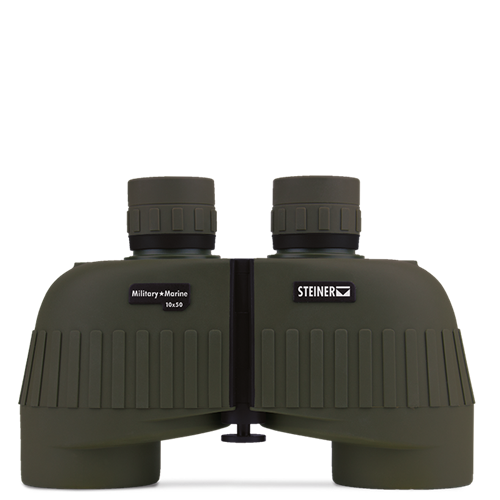

Military-marine 10x50 Binoculars deliver military-grade optical performance in a user-friendly design. Engineered for rugged use, these binoculars provide sharp, clear images, making them ideal for wildlife observation or vast landscape scanning. With their impressive brightness and wide field of view, tracking subjects in motion is easy, even in low-light scenarios.
Weighing just 1.5 lbs, these binoculars offer high magnification combined with a large objective lens, enhancing visibility without the bulk. Their lightweight design ensures they can be taken on any outdoor adventure, allowing you to enjoy nature without the distraction of blurry images. Designed for resilience, these binoculars are a reliable companion for any enthusiast seeking clarity and precision in their viewing experience.
Features:
- RUGGED DESIGN for outdoor durability, ensuring performance in harsh conditions.
- HIGH MAGNIFICATION of 10x allows for detailed observation from a distance.
- LARGE OBJECTIVE LENS (50mm) provides exceptional light transmission for bright images.
- WIDE FIELD OF VIEW makes tracking moving objects easier, perfect for wildlife viewing.
- LIGHTWEIGHT FRAME ensures easy handling and portability during long outings.
- LOW-LIGHT PERFORMANCE enhances visibility in dusk or dawn conditions.
- WATER AND FOG-RESISTANT features protect against the elements, ideal for any adventure.
- COMFORTABLE GRIP design allows for extended viewing without fatigue.
Technical Specifications Table
| Specification | Details |
|---|---|
| Magnification | 10x |
| Lens Diameter | 50mm |
| Weight | 1.5 lbs (680g) |
| Dimensions | 6 x 7 x 2.5 inches |
| Material | Rubber Armor and Polycarbonate Body |
What’s in the Box?
- Military-marine 10x50 Binoculars
- Lens Covers
- Padded Carrying Case
- Neck Strap
Customer Reviews
“These binoculars are perfect for bird watching and outdoor events. The clarity is impressive!”
“I love how lightweight these are! Made my hiking trip so much easier.”
“Fantastic optics! I can finally spot deer in the early morning.”
FAQ
What is the best way to maintain my Military-marine 10x50 Binoculars?
Regularly clean the lenses with a microfiber cloth and store them in a dry place. Avoid exposing them to extreme temperatures.
How do these binoculars compare to standard civilian models?
These binoculars utilize military-grade optics for enhanced clarity and performance in challenging conditions, making them superior for both serious outdoor activities and casual use.
Similar Models
Looking for the perfect binoculars? Discover our extensive collection, including models like the Military-marine 12x50 for greater magnification and Military-marine 8x42 for enhanced portability. Explore our full collection for exceptional optics tailored to your adventures.
You May Also Like
Here’s some of our most similar products people are buying. Click to discover trending style.






